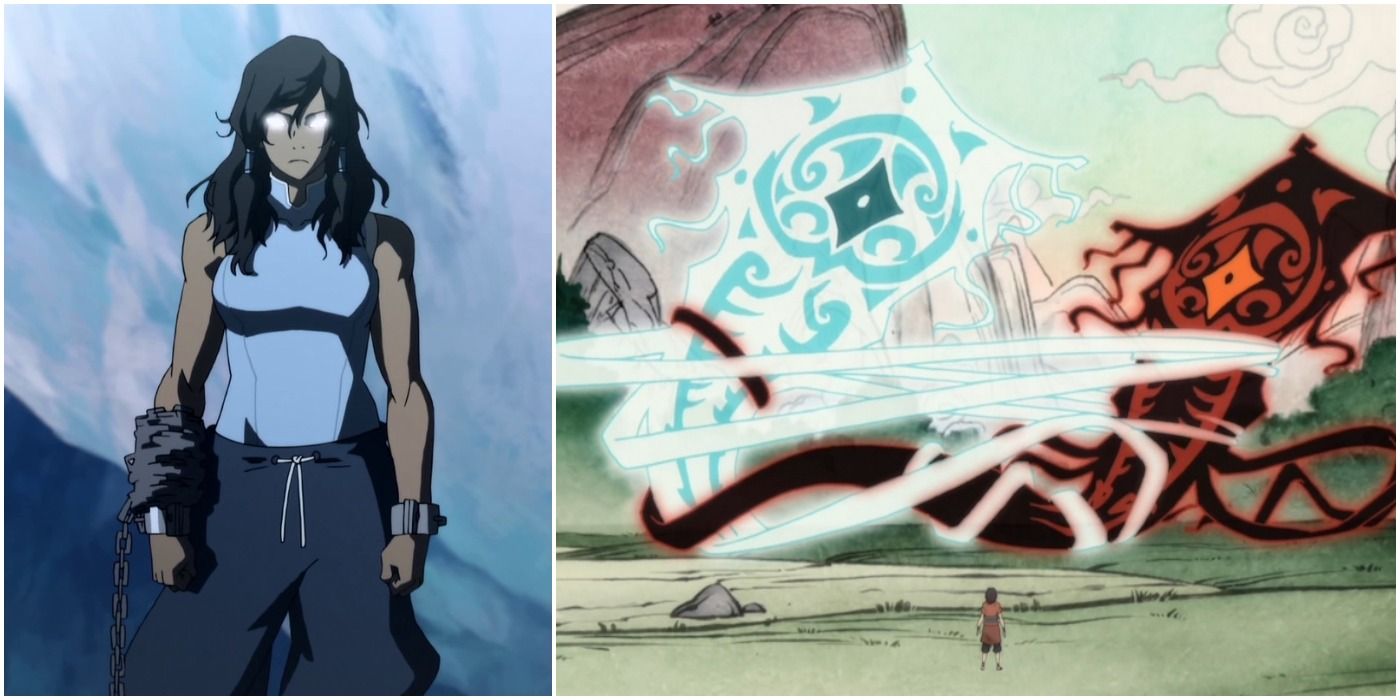
The Legend of Korra is the lauded sequel to the groundbreaking series, Avatar: The Last Airbender. It contains stunning worldbuilding, well-animated fight scenes, great writing, and a fantastic plot. While no series is perfect, The Legend of Korra has been praised by its fans for many of its aspects.
However, the show is not above criticism. Despite its masterful execution, there are times where the show tends to rely on clichés. Clichés are difficult to avoid in today's media, and they're not all bad. It all depends on how they are used, subverted, and/or commented on.
8 Korra's Prodigy Burnout Persona Is A Bit Of A Cliché
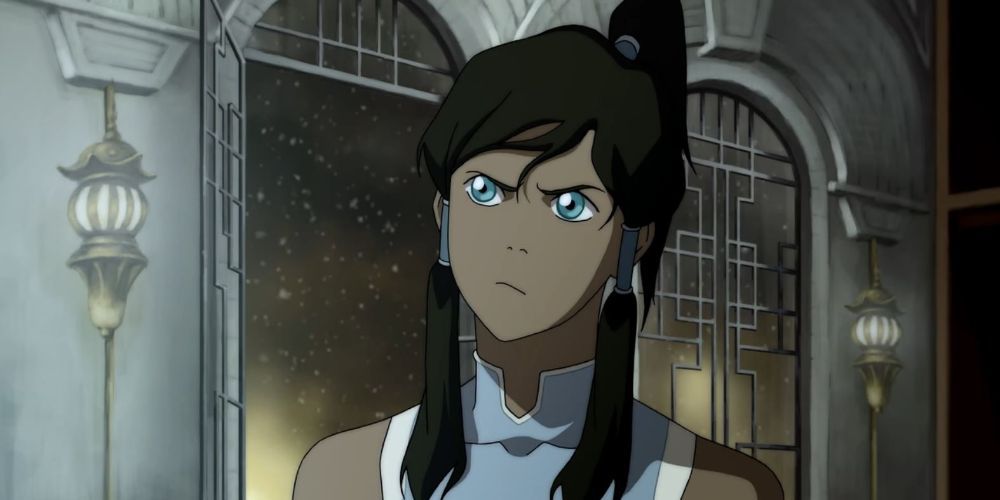
Korra starts off the series as a very capable bender who knows most of the elements intimately. She wants to join the Pro Bender league because she is so confident in her bending abilities and loves to show them off. However, she does fall into the stereotype of the gifted kid burnout.
The gifted kid burnout is a stereotypical archetype of an emerging adult who, as a kid, was the best at whatever they put their mind to. However, as an adult, they lack direction or simply just do not buy into the systems they were raised in. For Korra, the strict confines of the Avatar's learning structure were much too rigid for her to thrive emotionally. She is impulsive, easily frustrated, and overly confident.
7 Something About Kuvira's Goals Was Too Familiar
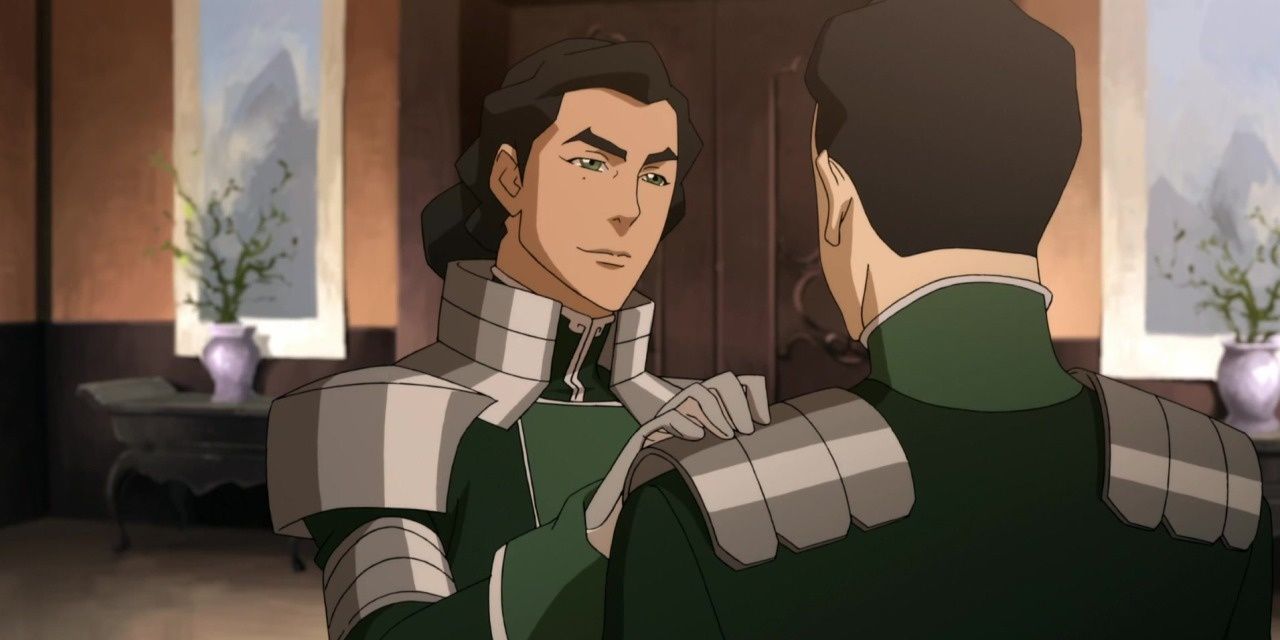
Kuvira's goal was to unite the Earth Kingdom under a seemingly totalitarian regime. However, her goal was not new to fans, as there have been plenty of stories that center around this as a plot, including Avatar: The Last Airbender, in which Fire Lord Ozai tries to unite the whole world under the Fire Nation
The idea that unification is a good intention gone bad is not new. Not only can this idea of expansion under the guise of unification be seen across media, but it can also be seen across world history. Plus, Kuvira's spiteful attitude makes her a lot less trustworthy.
6 Power Creep Was Evident
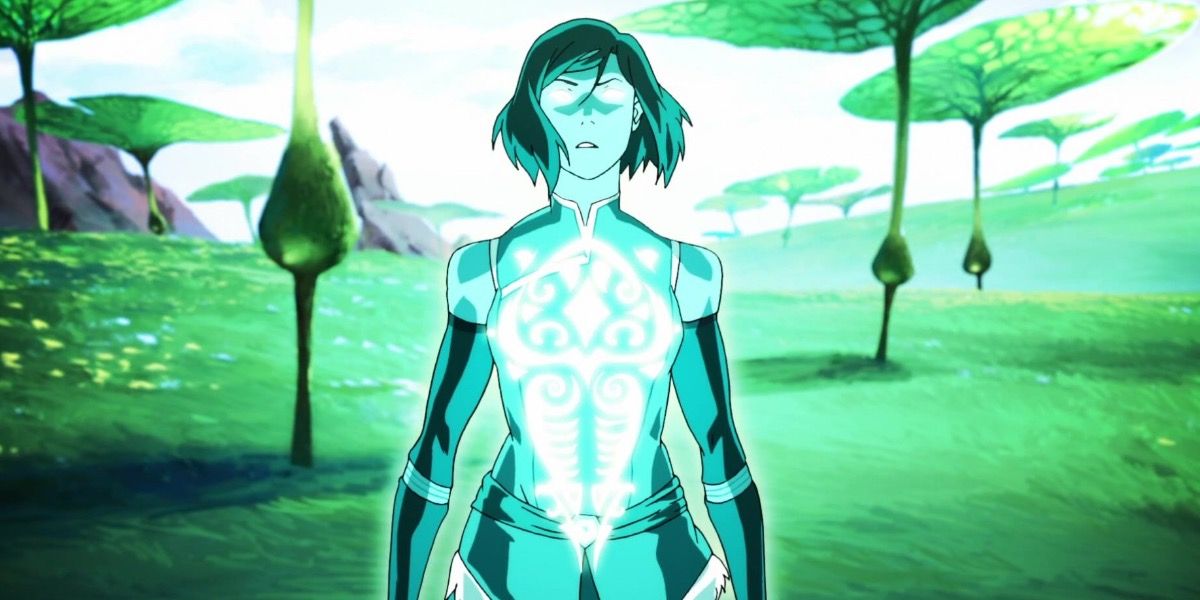
While Avatar: The Last Airbender chronicled Aang's journey to master all four elements and to fight Fire Lord Ozai, The Legend of Korra is centered around an Avatar who already knows most of the elements very well and who has to fight many incredibly powerful enemies.
As a result, The Legend of Korra has a bit of a power creep problem, as the villains in the show have to get more and more powerful. Korra eventually has to fight the embodiment of chaos and evil, itself, Vatu.
5 The First Love Triangle Was Predictable
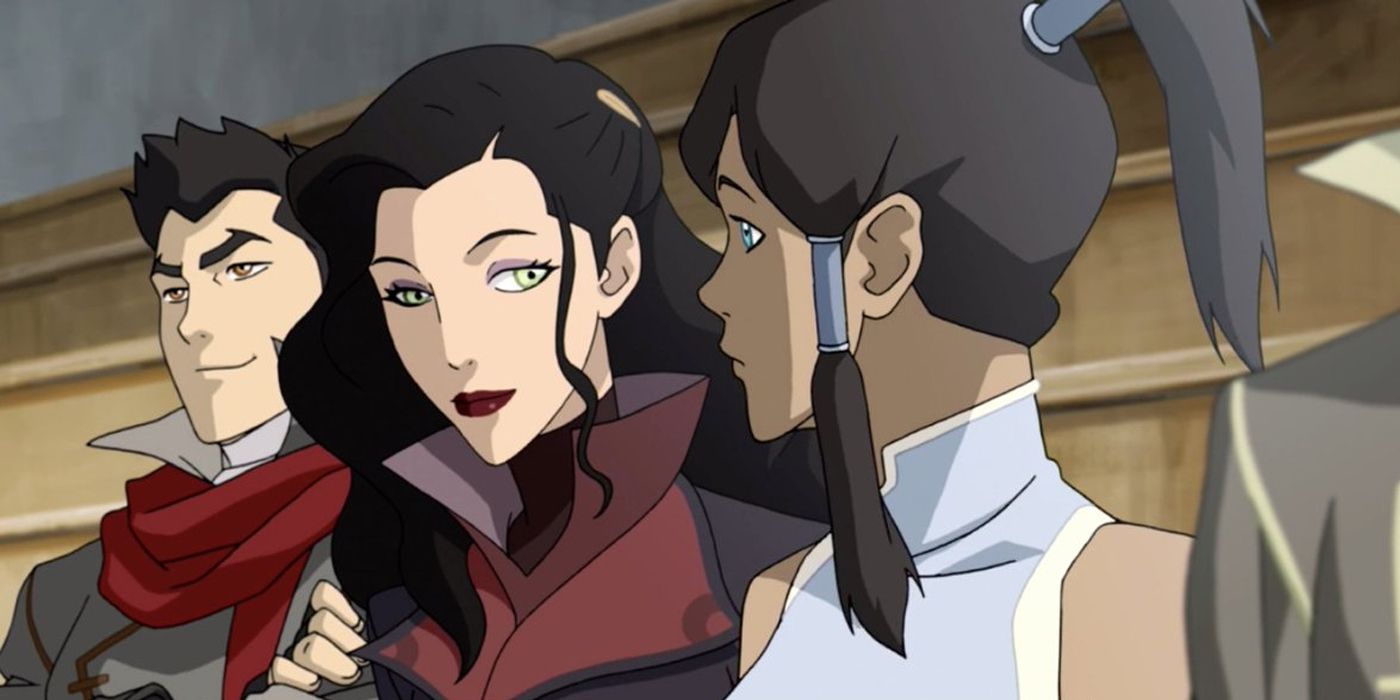
Love triangles are another staple of media, and they are used in books, movies, TV, and across all genres of anime. In The Legend of Korra, the love triangle is between Asami, Mako, and Korra.
Korra likes Mako, but he started dating Asami. There was a lot of tension between Mako and Korra because of this, and Korra and Mako even kissed. Eventually, Asami and Mako broke up, but things had already gotten stale between Korra and Mako. After the events of the anime, Asami and Korra end up together.
4 Bolin, As Comic Relief, Was Nothing New
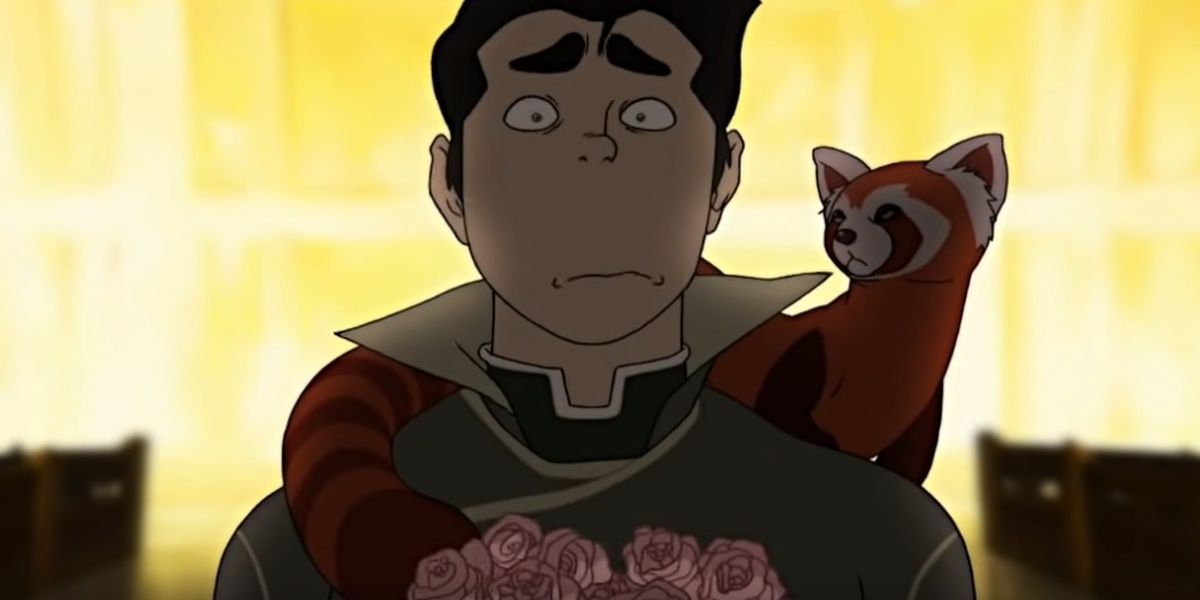
Many good anime have a comic relief character, characters designated solely to provide these moments of levity. However, the use of such characters, while undoubtedly effective and a beloved part of anime, is a cliché
For The Legend of Korra, the character that fills this role is Bolin. Unlike other characters who have taken on this role (like Sokka from the original Avatar series), Bolin does not fill any other roles for more than an episode or two. Instead, he is almost solely a source of humor.
3 Vatu and Raava Felt Like A Typical Good Versus Evil Trope
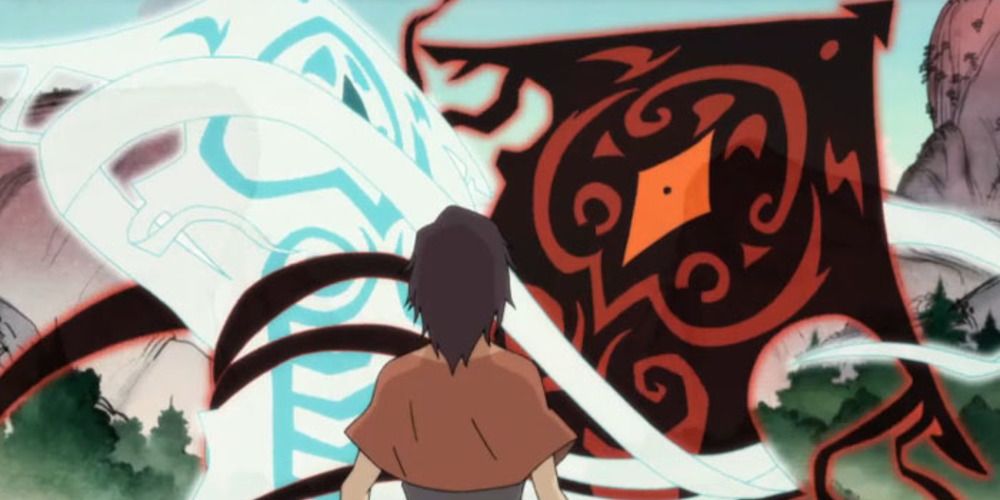
The battle between good and evil has been around since human beings could tell stories. Fans love a show that makes the world seem simple and makes the character they are supposed to root for obvious. There is nothing wrong with this trope, but with Raava (the spirit of light) and Vatu (the spirit of chaos), it felt a bit on the nose.
Raava and Vatu were the embodiments of light versus dark or good versus evil in The Legend of Korra, and while their existence makes sense from a worldbuilding perspective, it is not necessarily anything new.
2 Lin Beifong's Hardened Cop Persona Is A Common Archetype
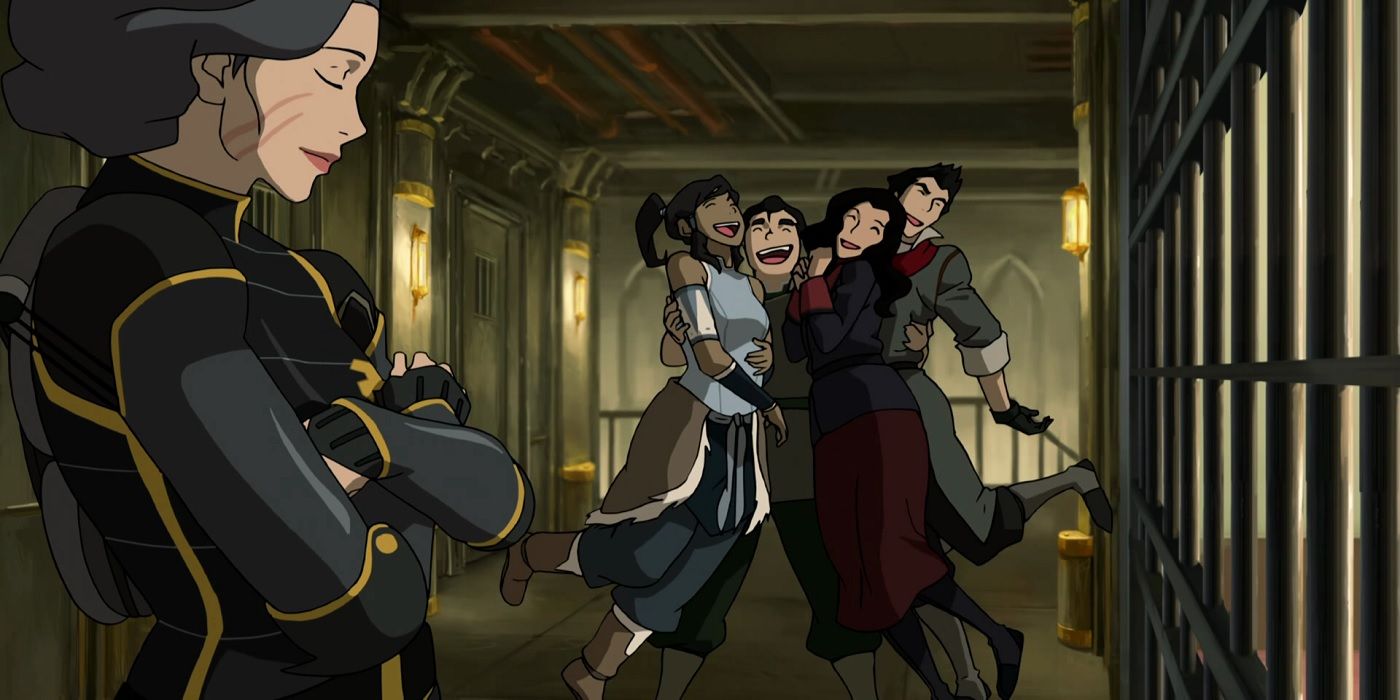
Lin Beifong is quiet, militant, reserved, and has no time for shenanigans, and this all plays into her police chief persona. As the chief of police in Republic City, Lin must be respectable, serious, and strong, but this archetype has become somewhat of a staple for military members and law enforcement in media. There are plenty of shows, movies, and stories out there that portray these characters as hardened, cold people with a stiff stature and short patience.
1 Losing The Avatar State Was Also Familiar
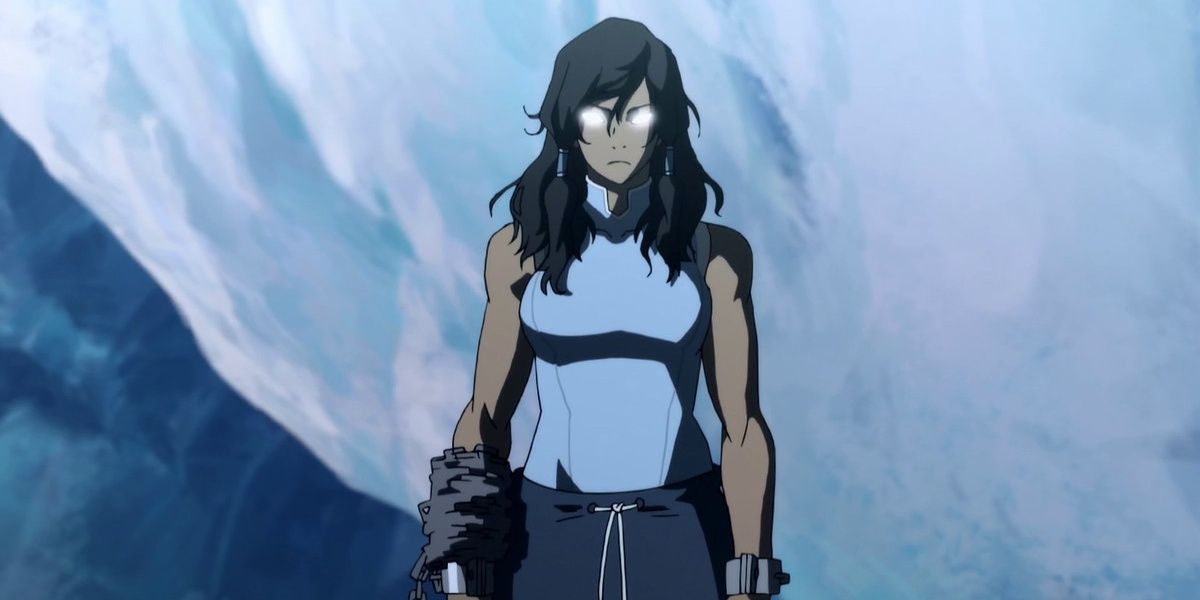
Finding or achieving great power and then suddenly losing it is a trope that is often used to balance out stories that are dipping into the power creep trap. Both The Legend of Korra and Avatar: The Last Airbender do this by stifling the ability to use the Avatar State.
Since the Avatar State is so powerful, characters would automatically win most fights if they could always tap into that power. So, it makes sense why writers have to do this at times, but it has become a cliché.
0 Comments